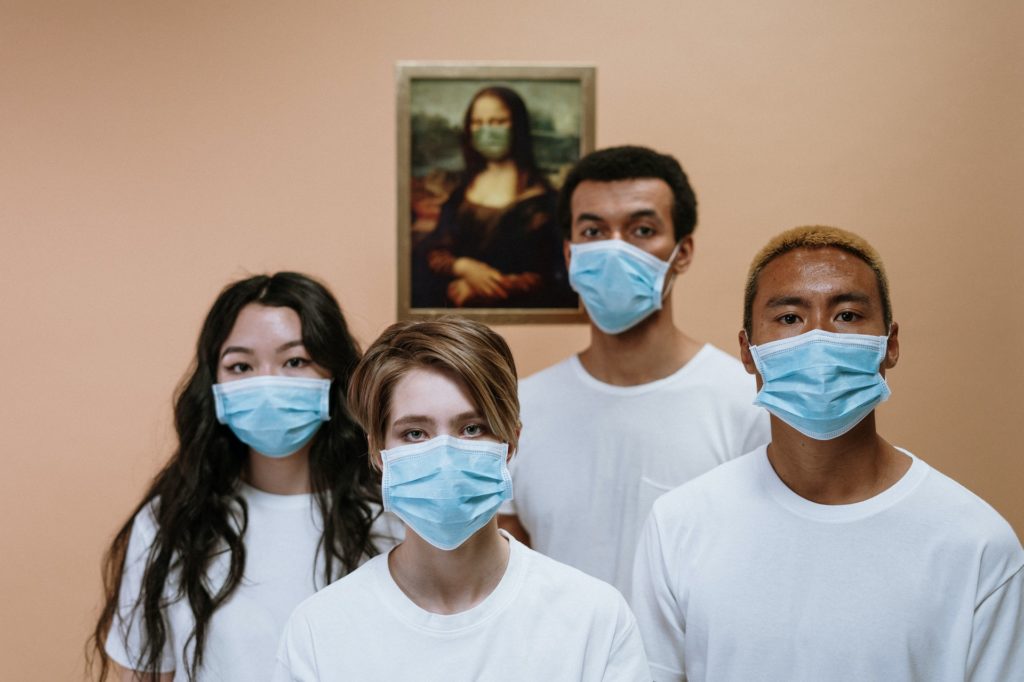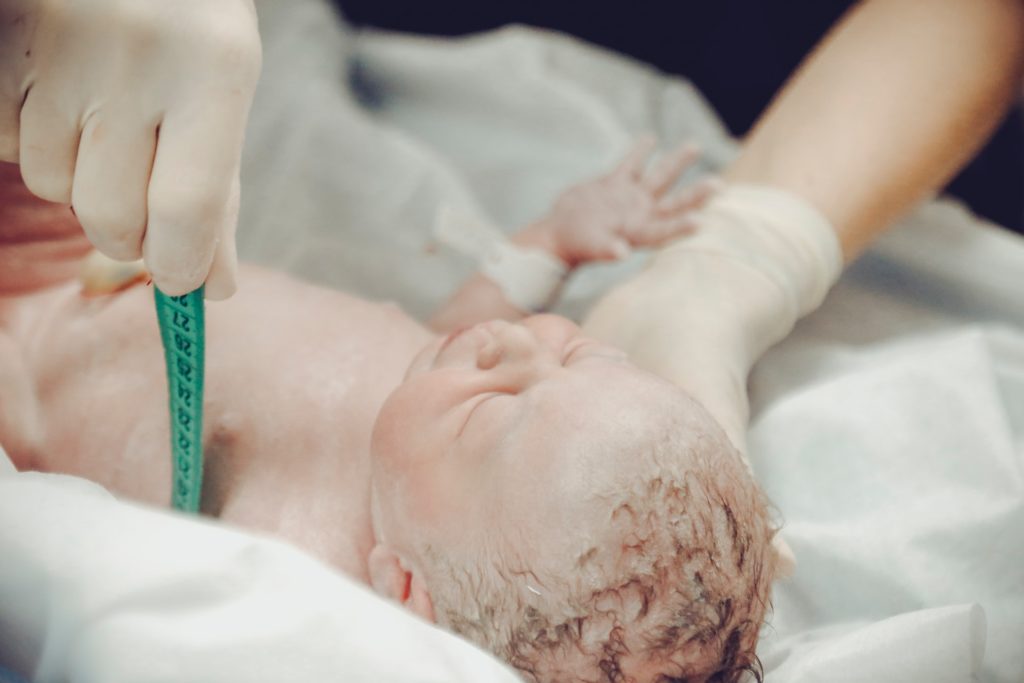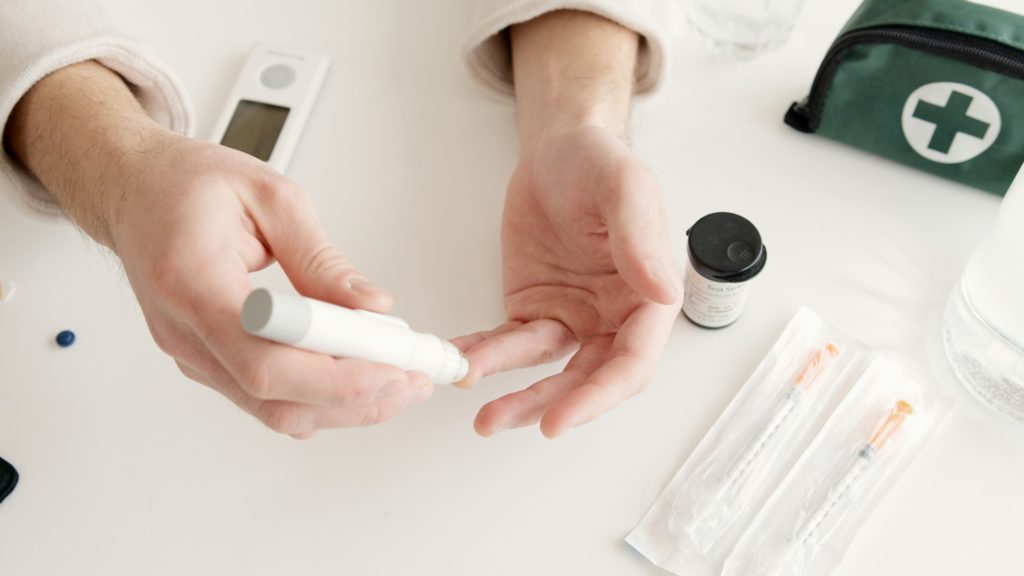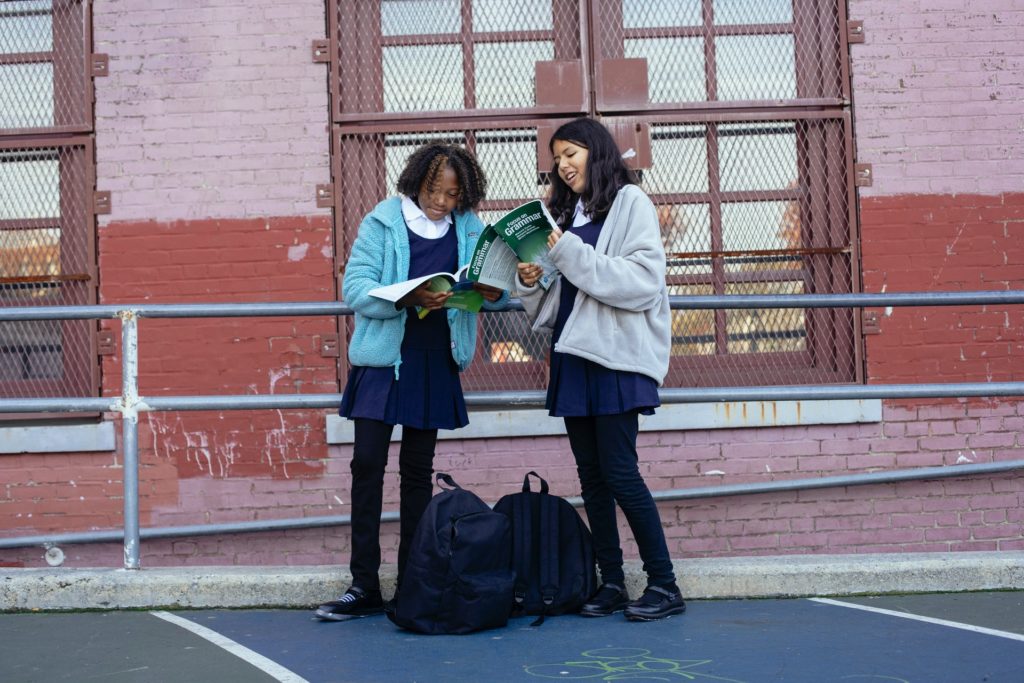The New J&J Covid Vaccine And A New York Variant
Covid-19 Overwhelming Hospitals in These 5 States

In Georgia, the CEO of Northeast Georgia Health Systems said it had 287 Covid patients Monday morning, which is more than the hospital has had since January. “So, in essence, our hospitals are full,” Carol Burrell said. “We’re looking to add space in hallways and conference rooms in waiting areas. Our emergency rooms and our […]
Michigan Gets Grant to Expand Health Insurance Coverage

The State of Michigan recently received a new $3.3 million federal grant to expand health insurance coverage and access to uninsured and underserved Michiganders. The grant will expand programs to increase qualified health insurance navigators to assist communities in obtaining health coverage. Health insurance navigators aim to facilitate the process of enrollment in health insurance […]
Fear Governs Families of Students with Disabilities

Samantha Boevers’s 4-year-old son, Porter, has made so much progress since being diagnosed with autism that he was assigned to a general preschool classroom this fall. So when Boevers dropped him off for his first day of school earlier this week, she wanted to feel all the emotions a parent should in that moment: excitement, pride, relief. […]
Biden Multiplies Number of Health Care Navigator Organizations

The Biden-Harris Administration is expanding the number of Navigator organizations to help people enroll in coverage through the Marketplace, Medicaid, or the Children’s Health Insurance Program (CHIP) in 30 states with a Federally-Facilitated Marketplace. Through $80 million in grant awards for the 2022 plan year, 60 Navigator awardee organizations will be able to train and […]
No, COVID-19 Doesn’t Cause Infertility, Says Doc

Data shows COVID-19 can cause devastating complications for both pregnant women and their babies. But many are putting off the vaccination for fear it will prevent them from getting pregnant in the first place. Medical experts say there is no evidence that the COVID-19 vaccine causes infertility and explain why misinformation online is false. Natasha […]
Schools Facing Mental Health Crisis As Students Return

Summer break has been a relief for many students. After being remote all school year at her public school, many kids felt isolated and hopeless, and enjoyed the freedom of summer friendships and no school. But with the return of school, some students wonder whether administrators will penalize kids who might not be ready to […]
U.S. Women See “Alarming” Increase in Gestational Diabetes

The rate of gestational diabetes has shot up 30 percent in young U.S. women over the past decade and more than doubled in U.S. women who identify as Asian-Indian compared with non-Hispanic White women, reports a new Northwestern Medicine study published in JAMA. This is unacceptably high and alarming. The consistent and continued increase over […]
Full FDA Approval Granted to Pfizer-BioNTech COVID-19 Vaccine

MONDAY, Aug. 23, 2021 (HealthDay News) — The U.S. Food and Drug Administration on Monday granted full approval for the Pfizer-BioNTech COVID-19 vaccine. The vaccine will now be marketed as Comirnaty and is fully approved for the prevention of COVID-19 in individuals 16 years and older. The vaccine remains under emergency use authorization for individuals […]
Schools Dangerous to Children’s Health, Lack Funds to Fix

Students returning to school are facing more issues than just masks and COVID, but buildings that are dilapidated and pose serious risks to children’s health. The frightening reality is that there isn’t enough funding to fix all of it. At a school in southern Virginia, the fifth grade class will have to have their first […]